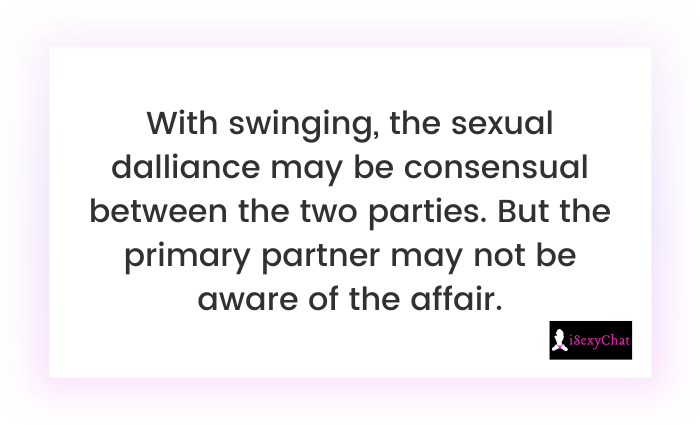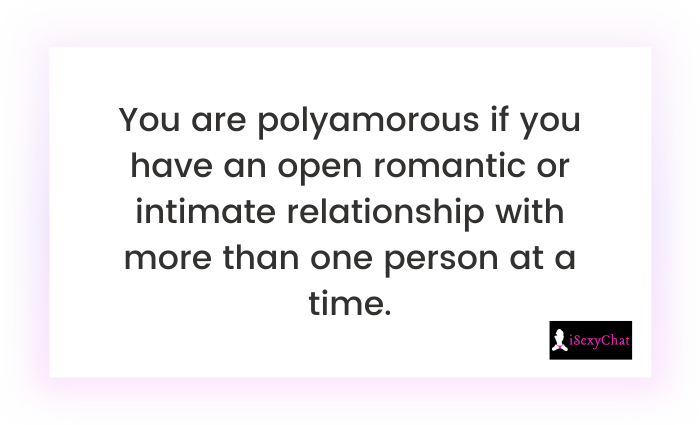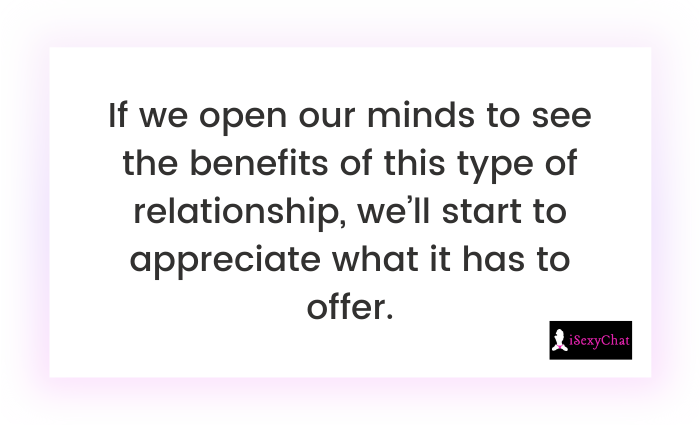In a world controlled by societal norms, having more than one partner is taboo. But the practice of having a relationship with more than one person is more common than you think. Let’s take a look at this 2016 survey. One in five participants admitted to having a non-monogamous relationship at least once in their lives.
If you’ve watched shows like “The Politician” and “House of Cards”, you may already have a vague idea of what polyamory and open relationships are. But you might not have met people who are in an open polyamory relationship in real life yet.
Let’s deep dive into what polyamory is to give you a better understanding of what this is all about.
In a Nutshell: What is Polyamory?
Polyamory is a type of non-monogamous relationship. Polyamorous people have intimate relationships with more than one partner at once. But with the informed consent of all partners involved. It doesn’t encourage people to pursue other partners in a lustful way. Instead, the polyamory philosophy is understanding and embracing that it’s possible to love and have relationships with more than one person at the same time.
Polyamory is non-gender exclusive. Anyone can have a polyamorous relationship, whether you’re straight, gay, lesbian, or bisexual. Some polyamorous relationships may even include a combination of people of different sexual orientations.

Understanding Polyamory: How Does It Work?
There are a lot of misconceptions about polyamory. But let’s get something straight here. It’s not cheating, infidelity, or extramarital sex. Polyamory is consensual. Everyone involved in the relationship is aware and consenting.
Now, let’s tackle some of the most common questions about polyamory.
How is it different from an open relationship?
Polyamory and open relationships have similarities. Both are consensual. But there are also distinct differences between the two.
Open relationships, also called swinging, involves seeking out other partners for casual sex. But there’s no commitment, promises, or emotional bonding required. With swinging, the sexual dalliance may be consensual between the two parties. But the primary partner may not be aware of the affair.
Polyamory implies emotional intimacy between all partners. They also know about each other. There are no secrets in a polyamorous relationship, so no one is cheating per se. You can think of it as group marriage.

Is it group sex?
Just because you have more than one partner, it doesn’t mean you have to have sex with them both at the same time. Some polyamorous people may choose to have a threesome. But not all are down for group sex. A woman may choose to have sexual relationships with two different partners. But she doesn’t have to have sex with them at the same time.
Who enters into this kind of relationship?
You may be wondering how to know if you are polyamorous or who are the people who are likely to enter such a relationship.
You are polyamorous if you have an open romantic or intimate relationship with more than one person at a time. Anyone can enter such a relationship, as long as you understand what it entails.
People who have a more outgoing personality are more likely to engage in such a relationship. It’s true that polyamorous people are more open. But that doesn’t mean their sexual preferences are fluid or they enjoy having an orgy.

Are there rules?
It’s important to set rules when you and your partner first dip your toes into the polyamory world. But like any other relationship, the rules for polyamory are unique to each relationship.
How do polyamorous people protect themselves from STIs?
Most people involved in poly relationships often share a safer-sex agreement. This is a negotiation about who they’ll have unprotected sex with. For example, if you are fluid-bonded with someone, then you’re required to use protection when having sex with other partners. This helps protect you and your primary partner from STIs.
Tips for Avoiding Relationship Issues
Learning how to be okay with polyamory may take some time. It’s not easy accepting that your partner wants to be with you but also with somebody else. After all, society has taught us that a relationship involves only two people. But if we open our minds to see the benefits of this type of relationship, we’ll start to appreciate what it has to offer.
But, as we said, it’s not going to be easy. It requires a slow process of acceptance and a few rules to follow. To avoid problems with polyamory, you need to do the following.
- Establish boundaries and rules
- Avoid comparisons
- Support each other
- Express your needs and feelings

Takeaway
Being in a non-monogamous relationship can be fun and liberating. But never forget that polyamory is consensual non-monogamy. Make sure to tell your partner first if you want to give it a try. Negotiate before acting it out. That is if you don’t want to damage your current relationship.





